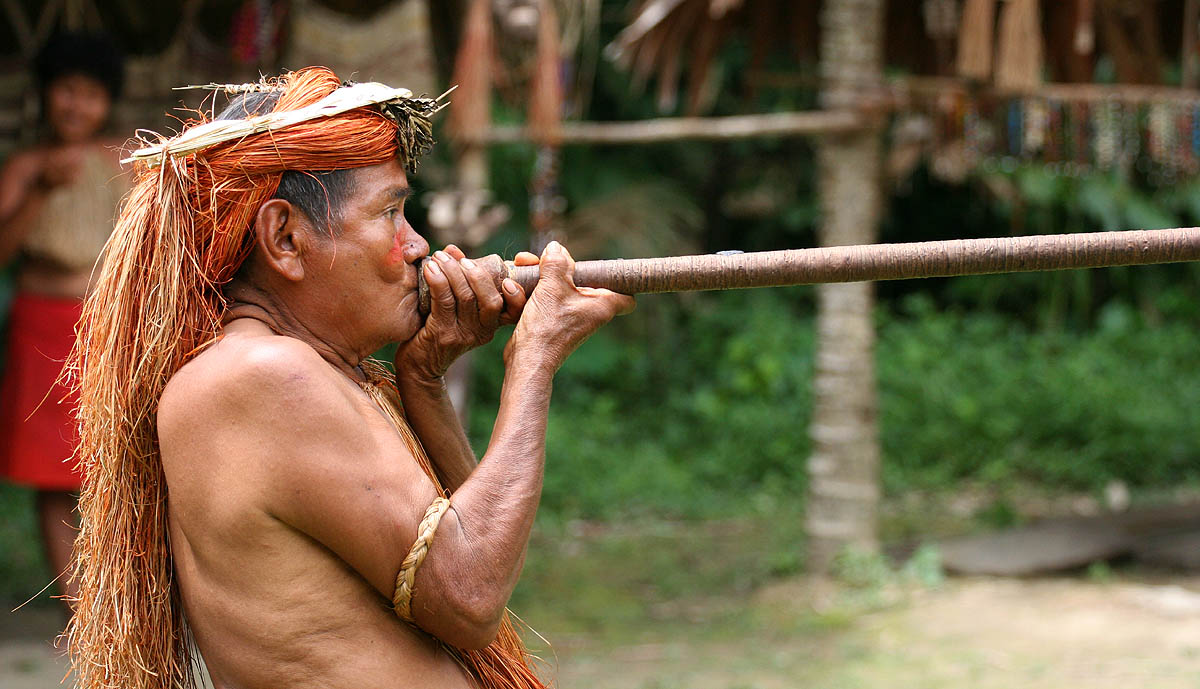First published on 09/12/2017, and last updated on 01/16/2018
By: Judith Schleicher, Carlos A. Peres, Tatsuya Amano, William Llactayo & Nigel Leader- Williams
State-controlled protected areas (PAs) have dominated conservation strategies globally, yet their performance relative to other governance regimes is rarely assessed comprehensively. Furthermore, performance indicators of forest PAs are typically restricted to deforestation, although the extent of forest degradation is greater. We address these shortfalls through an empirical impact evaluation of state PAs, Indigenous Territories (ITs), and civil society and private Conservation Concessions (CCs) on deforestation and degradation throughout the Peruvian Amazon. We integrated remote-sensing data with environmental and socio-economic datasets, and used propensity-score matching to assess: (i) how deforestation and degradation varied across governance regimes between 2006–2011; (ii) their proximate drivers; and (iii) whether state PAs, CCs and ITs avoided deforestation and degradation compared with logging and mining concessions, and the unprotected landscape. CCs, state PAs, and ITs all avoided deforestation and degradation compared to analogous areas in the unprotected landscape. CCs and ITs were on average more effective in this respect than state PAs, showing that local governance can be equally or more effective than centralized state regimes. However, there were no consistent differences between conservation governance regimes when matched to logging and mining concessions. Future impact assessments would therefore benefit from further disentangling governance regimes across unprotected land.
Click HERE to download the full report.
